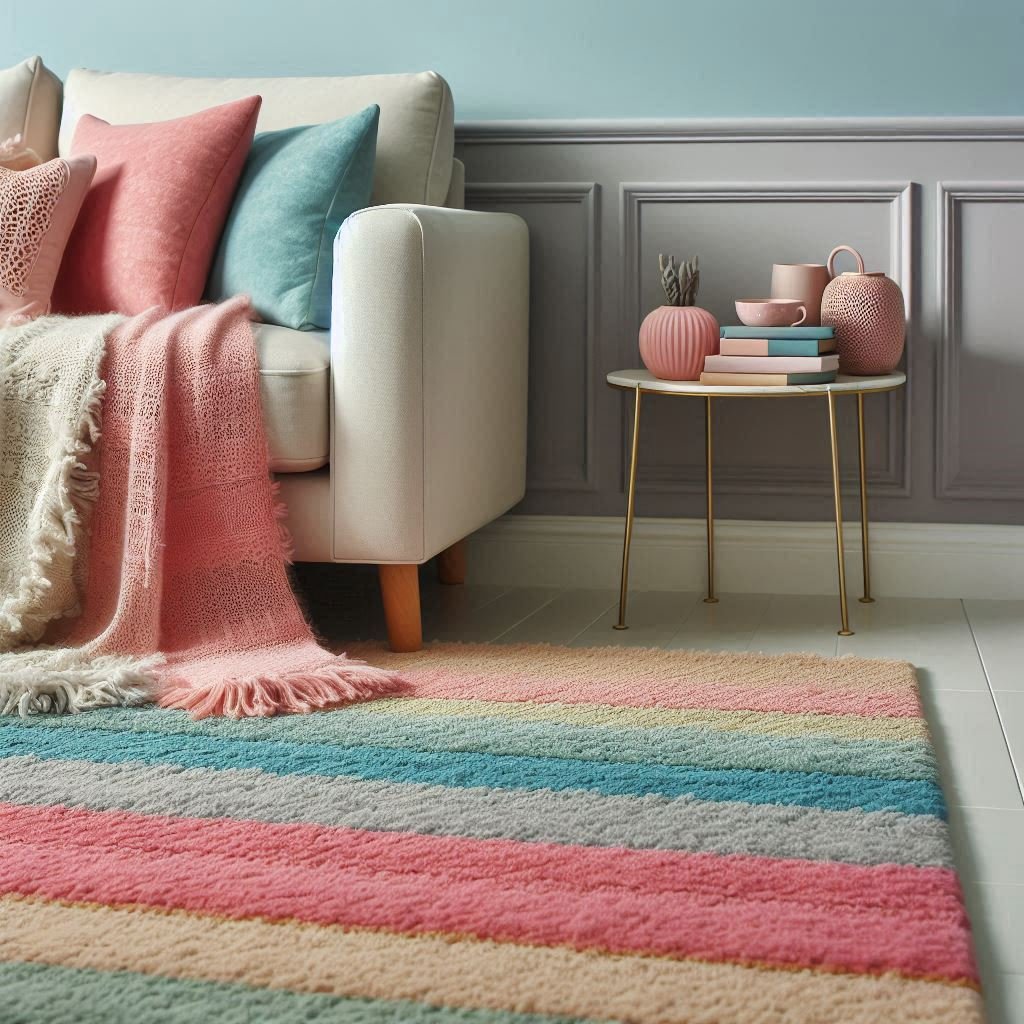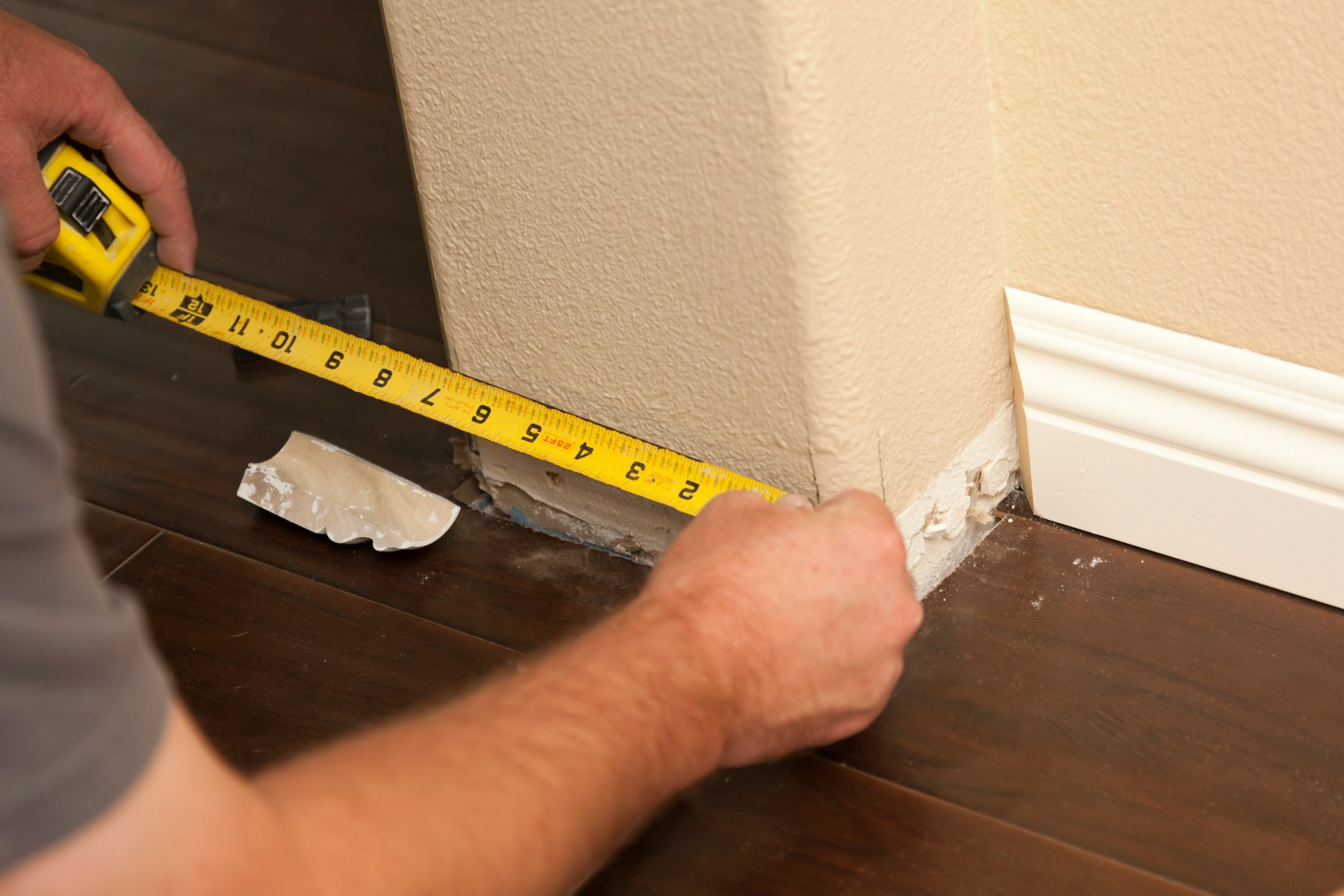How to Paint Baseboards with Carpet: Pro Tips
Looking to paint baseboards without damaging your carpet? Check out these expert tips and step-by-step instructions to get a flawless finish every time.
Painting baseboards is one of the easiest ways to give your room a fresh new look. But what happens when you’ve got carpeted floors that you don’t want to ruin? Well, fret not! You can totally achieve a sleek, professional-looking paint job without worrying about those drips and spills on your precious carpet.
In this How to Paint Baseboards with Carpet: Pro Tips guide, we’ll walk you through everything you need to know, from protecting your carpet to applying the perfect coat of paint. Whether you’re a seasoned DIYer or just starting out, you’ll find easy-to-follow steps that will ensure your baseboards look pristine, and your carpet stays safe and sound.
Let’s dive right in!
How to Paint Baseboards with Carpet: Pro Tips
1. Gather Your Tools and Materials
Before you even think about opening that can of paint, it’s essential to have the right tools for the job. Here’s what you’ll need:
Materials:
Painter’s Tape – This will protect your carpet and walls from any paint spills.
Drop Cloths or Plastic Sheets – Cover your carpet and floor to prevent paint splatters.
Angle Brush – A small, angled brush is key for precise painting on baseboards.
Paint Tray – For easy loading of paint onto your brush.
Latex or Oil-Based Paint – Choose the right finish for your baseboards (semi-gloss is a popular option).
Foam Roller (optional) – A small foam roller can be used for larger baseboards to speed things up.
Tools:
Putty Knife – For smoothing out any imperfections on the baseboards before painting.
Sandpaper or Sanding Block – Smooth the surface and remove old paint.
Vacuum or Broom – Clean the area before painting.
2. Prep the Area: Protecting Your Carpet and Floors
Painting baseboards with carpet around might seem tricky, but with the right preparation, you can protect your flooring and keep everything tidy. Here’s what you need to do:
Step 1: Clear the Area
Remove any furniture or obstacles near the baseboards to ensure you have plenty of space to work. This will help avoid any accidental messes or paint smudges.
Step 2: Clean the Baseboards
Before you even think about painting, you need clean baseboards. Dust and dirt can prevent paint from adhering properly, so give them a good wipe-down using a damp cloth or mild cleaner. Let them dry completely.
Step 3: Protect the Carpet
Now, here’s the part where you’ll be glad you grabbed painter’s tape and drop cloths! Start by taping along the baseboard’s edge where it meets the carpet. Make sure the tape is snug against the baseboard to keep any paint from getting on the carpet.
After the tape, spread out your drop cloths or plastic sheets to cover the rest of the carpet. If you’re worried about spills, cover the entire area around the baseboard with a larger piece of plastic. You can even secure it with tape.
3. Preparing the Baseboards: Smooth Out Imperfections
Now that your carpet is safe, it’s time to prep the baseboards for painting.
Step 1: Sand the Baseboards
Use fine-grit sandpaper or a sanding block to smooth out any rough patches on your baseboards. This is especially important if you’re painting over an old coat of paint. Lightly sand the surface to give the paint something to grip onto. Be gentle – you don’t need to strip all the paint off, just smooth the surface.
Step 2: Fill Any Holes or Gaps
Do your baseboards have any small holes, dents, or gaps? Fill them with a wood filler or putty. Let it dry for at least 30 minutes, then sand it smooth. Once that’s done, you’re ready to start painting!
4. How to Paint Baseboards with Carpet: Step-by-Step
It’s time for the fun part: actually painting your baseboards! Follow these steps to ensure a clean, smooth finish.
Step 1: Use an Angle Brush
Start with your angle brush. Dip it into the paint and gently tap off any excess. Then, begin painting along the edge of the baseboard where it meets the carpet. Make sure you’re painting a thin, even coat – you don’t want drips!
Step 2: Work Your Way Around the Room
Paint a small section at a time, using long, smooth strokes. Don’t rush – take your time to avoid splattering the paint.
Step 3: Use a Roller (Optional)
If your baseboards are wide or you want to speed things up, you can use a small foam roller to paint larger sections. Just be cautious and go over any edges with your angle brush to ensure you don’t paint over the carpet.
Step 4: Allow to Dry
Once you’ve painted the baseboards, allow them to dry completely before applying a second coat. Drying time can vary depending on the type of paint you use, but usually, 2-4 hours is enough.
5. Applying a Second Coat
In most cases, you’ll need a second coat of paint for a smooth, consistent finish.
Step 1: Lightly Sand Between Coats
Once the first coat is dry, use a fine-grit sandpaper to lightly scuff the surface. This helps the second coat adhere better and gives a smoother finish. Be sure to wipe away any dust with a damp cloth.
Step 2: Apply the Second Coat
Now, repeat the painting process for the second coat. Take your time and be sure to cover any missed spots.
Step 3: Let it Dry Completely
After the second coat, let the baseboards dry for at least 24 hours before touching them or removing the painter’s tape.
6. Removing the Tape and Cleaning Up
Once your baseboards are dry and ready to go, it’s time to clean up.
Step 1: Carefully Remove the Painter’s Tape
Start peeling off the painter’s tape carefully. You’ll want to remove it while the paint is still slightly tacky to avoid any chipping or peeling.
Step 2: Clean Your Brushes and Rollers
Make sure to clean your brushes, rollers, and any other tools immediately after use. Use warm water and soap if you used latex-based paint, or mineral spirits for oil-based paint.
Conclusion
And there you have it – a step-by-step guide on how to paint baseboards with carpet! By following these pro tips, you can achieve a flawless, professional-looking paint job without the stress. Remember, preparation is key, and taking your time ensures that your baseboards will look fresh and vibrant for years to come.
Read next: Baseboard Installation Price Guide for Homeowners
Frequently Asked Questions
1. Can I paint baseboards without removing the carpet?
Yes! As long as you take the proper precautions by taping and protecting your carpet with drop cloths, you can paint baseboards without removing the carpet.
2. How do I avoid paint splatters on the carpet?
Using painter’s tape and drop cloths is your best defense. Make sure the tape is applied securely and that your drop cloths cover a good portion of the floor around the baseboards.
3. What type of paint should I use for baseboards?
For baseboards, semi-gloss or high-gloss latex paint is a popular choice. It gives a smooth, durable finish and is easy to clean.
4. How long should I wait before removing the tape?
It’s best to remove the tape while the paint is still slightly tacky to avoid peeling. Generally, waiting 1-2 hours after the final coat should be sufficient.
5. Can I paint baseboards if they’re already painted?
Absolutely! Just make sure to sand lightly, fill any holes, and prime if needed to ensure the new paint adheres well.



